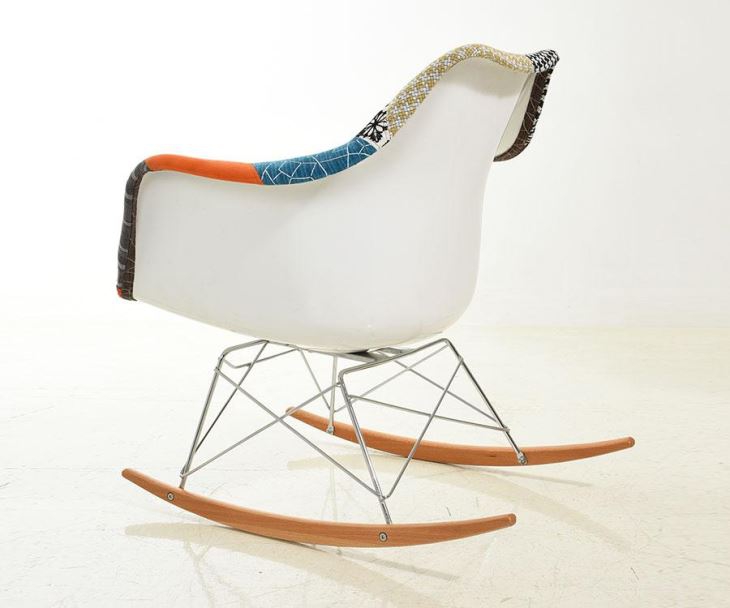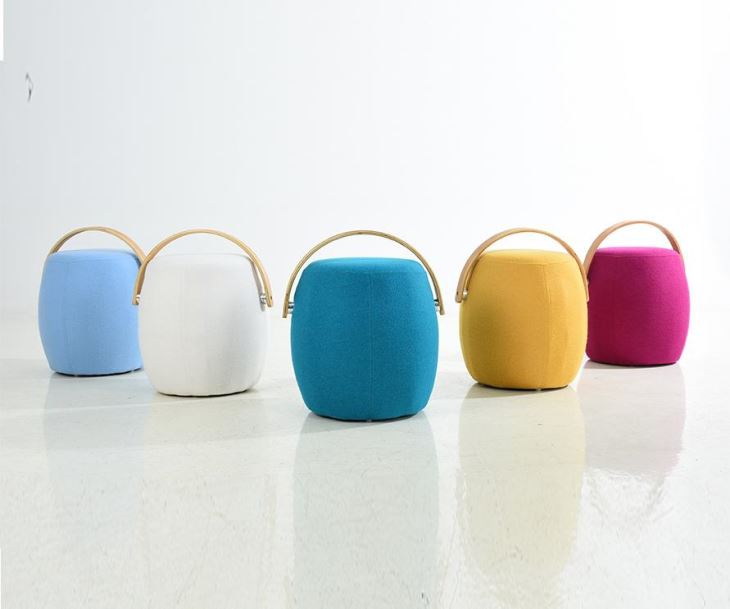- Apr 25, 2025-
When it comes to creating a comfortable and stylish living space, upholstered furniture is often at the heart of design. However, as environmental concerns continue to grow, more people are seeking out sustainable options that align with their eco-conscious values. In this blog post, we'll explore the importance of choosing eco-friendly upholstery materials and highlight some of the best options available in today's market.

Upholstered furniture is a staple in many homes, offering comfort and style. However, the materials used to create these pieces can have a significant environmental impact. From the production process to disposal, conventional upholstery materials often contribute to pollution, resource depletion, and carbon emissions.

Sustainable upholstery materials, on the other hand, are designed with the environment in mind. They are typically made from renewable resources, require less energy to produce, and have a lower carbon footprint. By choosing eco-friendly options, consumers can reduce their environmental impact while still enjoying beautiful and functional furniture.
Organic Cotton Organic cotton is a popular choice for sustainable upholstery because it is grown without the use of synthetic pesticides and fertilizers. This not only reduces soil degradation but also minimizes water contamination. Organic cotton is soft, durable, and widely available in various colors and patterns.
Recycled Polyesters Recycled polyesters are made from post-consumer plastic bottles and other waste materials. By repurposing these materials, we can reduce the amount of plastic that ends up in landfills and oceans. Recycled polyesters are not only eco-friendly but also easy to clean and maintain.
Hemp Hemp is another excellent option for sustainable upholstery. It grows quickly and requires less water and pesticides than cotton. Hemp fabric is durable, breathable, and naturally resistant to mold and mildew. It’s a great choice for those looking for a long-lasting and eco-friendly material.
Natural Rubber Natural rubber is derived from the latex of rubber trees and is biodegradable. It’s often used in cushioning and upholstery padding due to its elasticity and resilience. Choosing natural rubber helps support sustainable forestry practices and reduces reliance on synthetic materials.
Switching to eco-friendly upholstery offers numerous benefits beyond just reducing your environmental footprint. For instance, many sustainable materials are hypoallergenic, making them ideal for people with allergies or sensitive skin. Additionally, these materials often have a longer lifespan, leading to less waste over time.
While traditional upholstery materials like polyester and cotton blends are widely used, they come with several drawbacks. Conventional cotton production is one of the largest users of pesticides globally, while synthetic fibers like polyester are petroleum-based and take hundreds of years to decompose in landfills.
In contrast, sustainable materials like organic cotton, recycled polyesters, and hemp offer a cleaner production process, lower environmental impact, and often better health benefits for both consumers and workers.
The furniture industry is increasingly moving toward sustainability, with more brands offering eco-friendly upholstery options. Innovations in material science are leading to new sustainable fabrics like mushroom-based leather and algae-derived materials. These groundbreaking materials not only have a smaller environmental footprint but also offer unique textures and aesthetics that traditional materials cannot match.
Choosing sustainable upholsteries is an important step toward creating a greener home. By selecting materials like organic cotton, recycled polyesters, hemp, and natural rubber, consumers can reduce their environmental impact while enjoying high-quality furniture. As the demand for eco-friendly options continues to grow, we can expect even more innovative and sustainable materials to emerge in the future.
If you're looking for specific examples of sustainable upholstered furniture, consider exploring products like the Upholsteries-DC-1334 or the Upholsteries-DC-1293. These pieces exemplify how design and sustainability can go hand in hand. For more information on these and other eco-friendly options, visit http://idochair.com/upholsteries/upholsteries-dc-221e-p.html.
References: 1. Environmental Impact of Conventional Cotton Production. (n.d.). Retrieved from [insert source] 2. Benefits of Recycled Polyesters in Upholstery. (n.d.). Retrieved from [insert source] 3. Hemp Fabric: A Sustainable Choice for Upholstery. (n.d.). Retrieved from [insert source]
